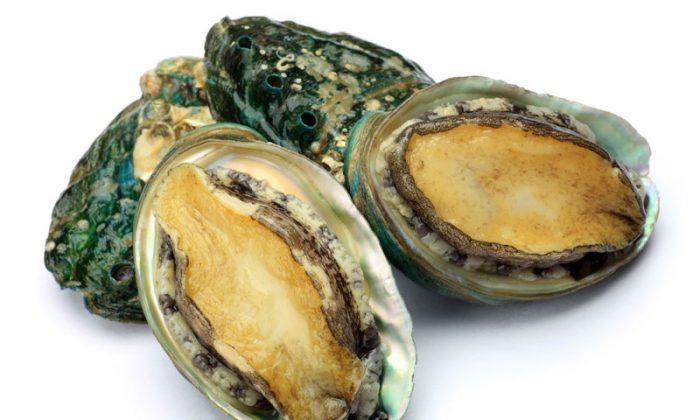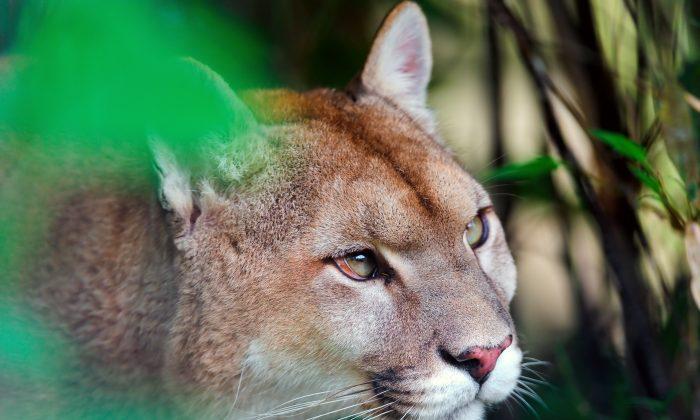Thousands of dead red abalone that washed up on the beaches of Sonoma County in Northern California in 2011 were the victims of a harmful algal bloom, according to a type of crime scene investigation that combines field surveys, toxin testing, and genomic scans.
The method, dubbed “forensic genomics,” could have a profound effect on how wildlife mortality events are investigated in the future, researchers say.
In the case of red abalone, the finding was the result of fortunate timing.
“Just months before the mortality event, we had sequenced the entire genome of several red abalone in the same area,” says coauthor Laura Rogers-Bennett, a senior environmental scientist with the California Department of Fish and Wildlife working at the University of California, Davis, Bodega Marine Laboratory.
“What we had, in essence, was a baseline, so we went back to the same site after the mortalities and did a whole genome scan of the survivors.”
With both sets of data in hand, researchers compared the two groups using a computer program and found a set of clues that pointed them in a very specific direction. “Parts of the genome were significantly different than what you’d expect by chance,” said Rogers-Bennett.
Mass Mortality
When they investigated those outliers, they found that their function was to aid in detoxification. The results supported their hypothesis that a harmful algal bloom producing a Yessotoxin was the major cause of the mass mortality rather than exposure to other potential toxins.
“Our technique has widespread applicability and could be useful in finding the causes of other wildlife mortality events,” Rogers-Bennett says. “We never would have been able to do this if we hadn’t done this whole scan of the entire genome in advance.”
Published in Nature Communications, the findings demonstrate the value of gathering baseline genetics information about wild populations before a mortality event occurs, even if the baseline samples remain in a freezer until an event emerges.
The study’s lead author is Pierre de Witt, who was at Stanford University at the time of the research, and is currently at the University of Gothenburg in Sweden.
The California Department of Fish and Wildlife, the National Oceanic and Atmospheric Administration, and the Central and Northern California Ocean Observing System funded the research.
Source: UC Davis. Republished from Futurity.org under Creative Commons License 3.0.
*Image of “abalone“ via Shutterstock





Friends Read Free